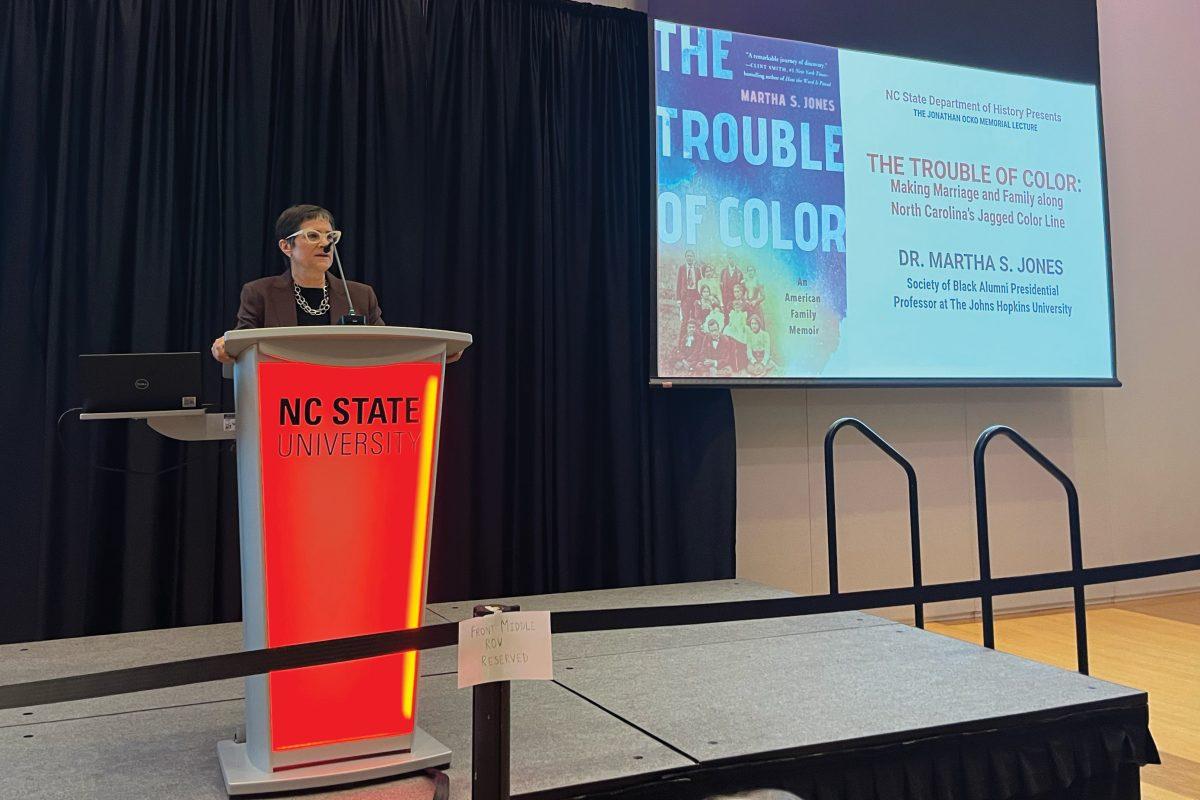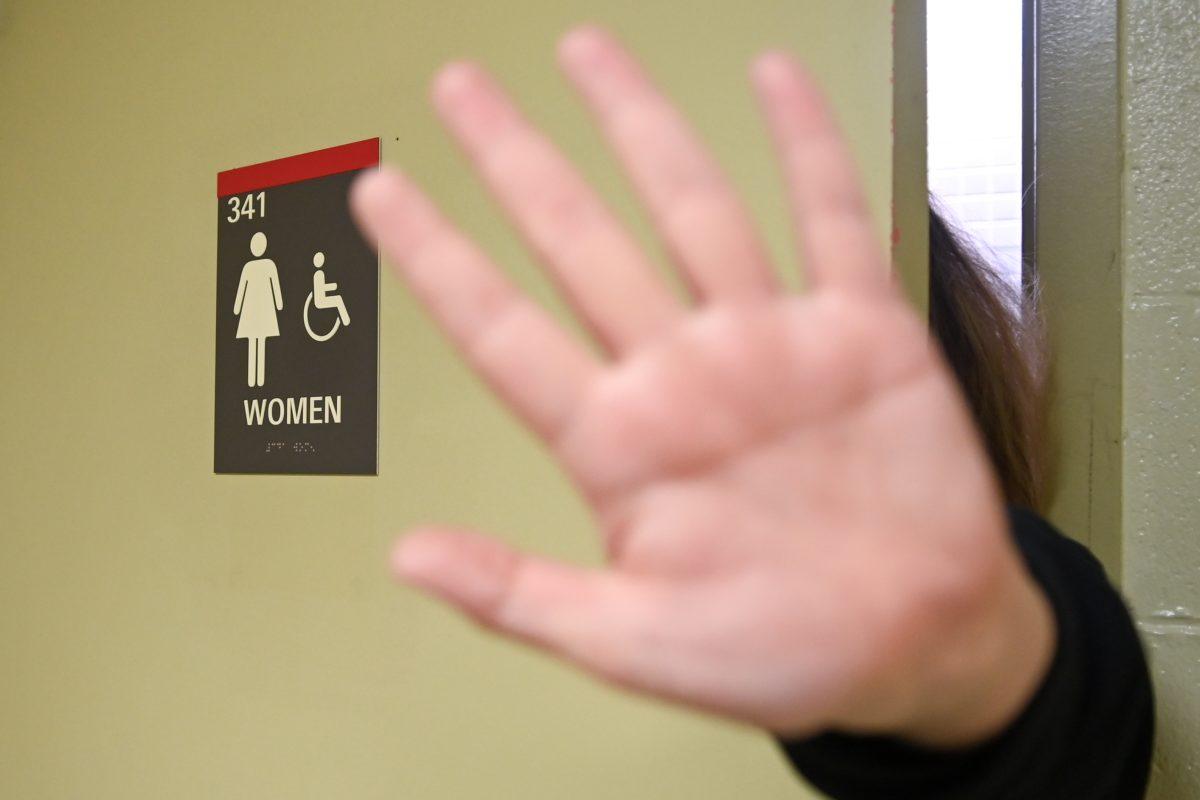With North Carolina early voting ending on Saturday and Election Day just around the corner, the State Board of Elections released its report on in-person and absentee early voting statistics. Here’s what those numbers tell us about the demographics of early voters in the state.
Over 4.4 million voters cast their in-person ballots early, around 800,000 more than in 2020.
Michael Bitzer, Politics Department Chair and professor at Catawba University, political author and founder of Old North State Politics, said this record-breaking amount stood out amongst other statistics for the early voting period.
“It’s obvious that there is a level of interest in enthusiasm when you’re talking about well over half of all of North Carolina’s registered voters casting a ballot before election day,” Bitzer said.
Bitzer said it’s difficult to compare 2024’s early voting results to either the 2016 or 2020 elections. While 2016 had much lower overall voting rates, Bitzer said the 2020 Election’s early voting results were skewed because of the pandemic, which forced a historic spike in mail-in ballots.
It’s a trend that can make drawing comparisons to the 2020 Election solely based on early voting statistics dangerous.
“It’s feeling like a whole new ball game that we just got to let get settled and dive into the data and then try and understand the internal dynamics of after the election,” Bitzer said.
Rise in unaffiliated voters
Bitzer said a substantial rise in unaffiliated votes was an important trend for this year’s voter turnout in North Carolina.
Unaffiliated votes were nearly on par with Republican and Democratic votes by the end of the early voting period in the Tar Heel State, making it hard to make predictions about the outcome of the race due to the large amount of uncertainty in the group.
“We’ve never seen unaffiliated [voters] participate at this level in early voting,” Bitzer said. “I mean, we’ve seen Republicans in the past, but they tend to also dominate on Election Day, and Democrats tend to vote bank their ballots early. But something has happened to basically create parity between the three. I honestly do not know how to read this data. I’ve been studying North Carolina politics for over 20 years. This is a whole new dynamic that I don’t think we have any grasp on, until we start getting the election results.”
Gen Z’s impact
While unaffiliated votes have historically leaned right, Bitzer said younger generations like Gen Z have a significant number of unaffiliated voters that are leaning left instead. In fact, Bitzer said half of all Gen Z voters were not registered with a party.
“What we’ve got now is, particularly voters under the age of 43, are overwhelmingly registering unaffiliated, to the point where Gen Z … is 50% unaffiliated,” Bitzer said. “And some early indicators out of the 2020 election pointed to the fact that as you increase a precinct electorate with Millennials and Gen Z, the Republican vote share went down, which tells me those two generations are Democratic leaning.”
Bitzer said it’s now time to wait and see if those unaffiliated votes follow the 2020 trend and truly emerge as more-Democratic leaning.
“It’s a very diverse generation, it’s a higher educated generation and the national numbers — particularly from the Pew Research Center’s analysis — points to a very Democratic-identifying generation, much like Millennials,” Bitzer said.
Female voter turnout
Bitzer said the big question lies in how women are voting this year given their high turnout thus far, which he said is out of the ordinary.
Over 59% of registered female voters turned out to vote early, while only 55.69% of male voters have done the same. This means that, proportionally, 51.71% of ballots cast so far have come from female voters, while just 41.19% have been cast by men. 7.10% of ballots have been cast by what the State Board of Elections refers to as undesignated voters.
“We know that there’s likely going to be a gender gap,” Bitzer said. “How big is that gender gap? And will we potentially see normally Republican, reliable female voters voting Democratic this year, which would really break the past norm of partisan loyalty in a way that we haven’t seen in quite some time.”
“Are women in the urban suburbs and the surrounding suburbs, are they typically Republican voters?” Bitzer said. “But are they going to defect this year? I don’t know. We don’t know until we start to get the election results Tuesday night, but if North Carolina follows what we are potentially seeing nationwide, it would not surprise me.”
With a combination of a rise in unaffiliated voters, the impact of younger generations and questions about the turnout of women voters, this election is shaping up to be vastly different from anything in the past, making it hard to predict by experts.
“I talk to colleagues across the state, and I think this is one of the hardest elections to try and read before we get the results,” Bitzer said. “There’s just so many uncertain unknowns out there that we’re all struggling with.”












